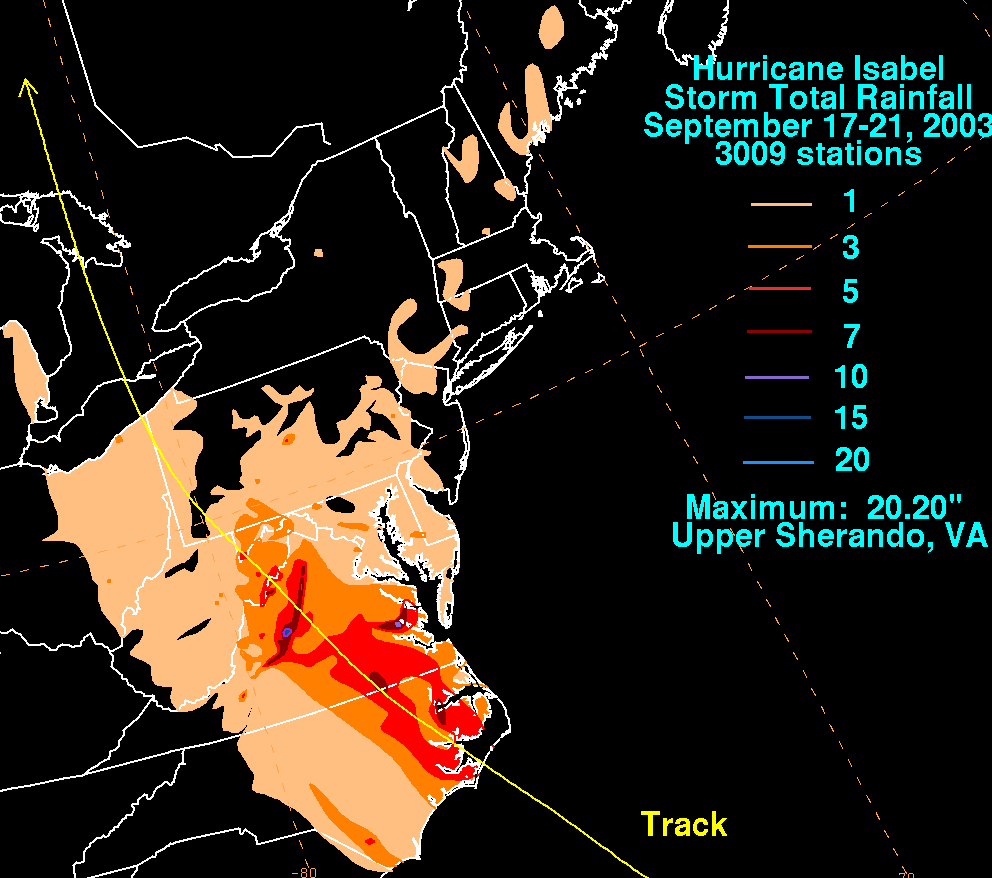(2nd Edition)
Weather is just as much psychology
as it is science. Call it "Behavioral Meteorology".
Most people find it very difficult to grasp the fact that the weather is one big approximation. Not surprisingly, we humans hate approximations and probability. Why? For our minds to grasp probabilities and randomness, we need to be able to handle multiple possible outcomes at once. The problem is that we are all wired to simplify uncertainty. We want life to be basic and easy to understand. Weather is no different. We all want a forecast that fits a nice and neat one-size-fits-all package. Unfortunately, weather has many, many outcomes over a large area over a significant period of time. Change the initial weather conditions (humidity, wind flow, frontal position, upper level energy, etc.) and you create more uncertainty. Factor in length of time and the probability becomes significantly higher. We envision an area of rain approaching as a uniform “blob” which moves over our house at say 5:20pm and leaves at 7:15pm. Unfortunately, the actual rain area (or lake effect snow stream) rarely evolves into a tidy, uniform entity. Instead, it has jagged edges, dry pockets and other random protrusions that impact local forecasts in a few minutes time. See the problem?
Most people find it very difficult to grasp the fact that the weather is one big approximation. Not surprisingly, we humans hate approximations and probability. Why? For our minds to grasp probabilities and randomness, we need to be able to handle multiple possible outcomes at once. The problem is that we are all wired to simplify uncertainty. We want life to be basic and easy to understand. Weather is no different. We all want a forecast that fits a nice and neat one-size-fits-all package. Unfortunately, weather has many, many outcomes over a large area over a significant period of time. Change the initial weather conditions (humidity, wind flow, frontal position, upper level energy, etc.) and you create more uncertainty. Factor in length of time and the probability becomes significantly higher. We envision an area of rain approaching as a uniform “blob” which moves over our house at say 5:20pm and leaves at 7:15pm. Unfortunately, the actual rain area (or lake effect snow stream) rarely evolves into a tidy, uniform entity. Instead, it has jagged edges, dry pockets and other random protrusions that impact local forecasts in a few minutes time. See the problem?
I'd like to say that I make a forecast, short or long term, with a cold, rational, scientific eye but I don't. I take into account how the general public will react to EVERY word knowing that most people selectively perceive the weather to fit their "sphere of reality". The more we selectively perceive the weather to fit our negative connotation (cognitive bias), the more hyper critical our reaction and the more rigid our bias becomes. It’s a vicious circle that feeds on itself. Throw in the thousands of weather apps out there that claim to provide the forecast for YOUR location along with the Old Farmers' Almanac and the laundry list of cognitive biases (some mentioned above) and you have the confluence of many psychological elements that are difficult to overcome with rational discussion.
How do we navigate these rough waters of perception and weather bias?
It all goes back to basic human nature: We all simplify complex, probabilistic themes. We all love a good story with pictures. It’s hardwired in our DNA. Bullet points and/or data without strong associative elements only trigger the Broca's Area and Wernicke's Area of the brain. This area is involved in language processing ONLY. Brain scans show that if you incorporate emotional elements into your story telling, it will active multiple sensory parts of the brain like the Motor Cortex (body movements) and the Insular Cortex (emotional region) all at once producing chemicals that make us feel good in response specifically Cortisol, Dopamine and Oxytocin. Each one responsible for our involuntary reactions to a good story. We instinctively turn the story into our own personal experience! Given that personal stories make up more than 65% of our conversations, this makes perfect sense. Here's a great quote that summarizes this up very well:
"THE POWER OF ANECDOTE IS SO GREAT THAT IT HAS A MOMENTUM IN AND OF ITSELF."..."NO MATTER HOW BORING THE FACTS ARE," WITH A WELL-TOLD STORY, "YOU FEEL INHERENTLY AS IF YOU ARE ON A TRAIN THAT HAS A DESTINATION."
A weather forecast is no different. Your brain wants a good story not boring data. This is why we use colorful, pictorial driven graphics like this one.
Often times if the weather presentation becomes too data intensive, our brain doesn't produce the chemical that make us feel good. Our biases can surface quickly which can alter our perceptions fast. All of this happens in seconds and you've lost the viewer even if the on-air meteorologist has the best of intentions. !
 |
| Spaghetti Plot showing forecast uncertainty |
Bottom line is a narrative or story is desired versus something that is solely data/science driven.
Each day, I analyze the science and remember the psychology. I try to tell a compelling, relatable weather story with a dash or two of data, some description of probability and a bit of historical perspective. Human nature is a powerful beast. Each person is different. Sometimes it works for the viewer. Sometimes it doesn’t.
How do you react when
you hear a weather forecast? Do you dismiss the science? Do you like the story?
How do you handle probability? Do you like hearing an explanation to why the
weather does what it does? Do you overly simplify the weather?
Let me know what you think.


















